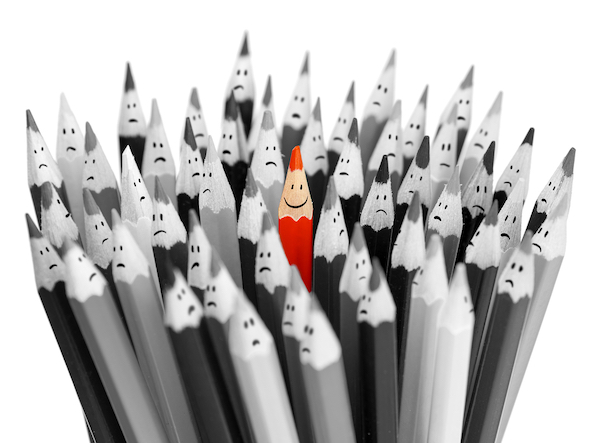
Humor. We love reading it, but many of us shy away from writing it.
Done well, humor looks effortless. That’s usually an illusion. But, just like telling a story, getting someone to smile is a skill that we can practice and improve.
Many of the nonfiction authors I admire approach their topics with gentle humor, whether they’re writing about regrets (Daniel Pink’s The Power of Regret), climate change (Thor Hansen’s Hurricane Lizards and Plastic Squid), or deadly wildlife encounters (Mary Roach’s Fuzz).
Humor is a powerful nonfiction writing technique, even if you don’t identify as a funny person. Here are a few reasons to build your humor skills.
Memorable explanations
When you’re writing about an abstract topic, a funny story or metaphor can serve two purposes:
- Humor can help explain an aspect of the topic.
- We are more likely to remember the point if we smiled when we first read it.
Humor is all about making sense of the unexpected. The punchline of a joke surprises us—we “get” the joke when we puzzle out the sense. So, humor is itself a sense-making endeavor. We can use humor to reveal an unexpected truth about the subject.
It can be as simple as an unexpected metaphor, like the one Neil deGrasse Tyson uses to describe the strange relationship between the laws of gravity and quantum physics:
Neil deGrasse Tyson
In the beginning, during the Planck era, … we suspect there must have been a kind of shotgun wedding between the two.
Wait, a shotgun wedding? The analogy surprises us, even if we’re familiar with Tyson’s trademark style. And it’s apt: we don’t quite understand how those two forces got hitched, but that union begat the universe as we know it.
In the book Humor, Seriously, Jennifer Aaker and Naomi Bagdonas list multiple studies on the memory-enhancing capacity of humor. For example, people who watch news-based comedy shows remember more of the headlines than those who simply read the papers.
Humor belongs in business, too. In her book Hello My Name is Awesome, brand name expert Alexandra Watkins offers a SMILE and SCRATCH evaluation test to use when you come to use in deciding on a name for something. Although smile and scratch are acronyms, they work well on their own. A brand or product name should make you smile, not scratch your head in confusion.
When a name makes you smile, you are more likely to remember and share it. (Nerd Wax, Bed Head, and Scrub Daddy are among Alexandra’s all-time favorites!)
Understanding and memory—those are two powerful reasons to insert levity in your style.
But wait, there’s more! [Cue infomercial voice-over.]
Making emotional connections
Humor also connects us. It humanizes the writing by exposing the similar ways our brains work. It lowers our defenses and raises our sense of trust.
Self-deprecating humor can make you more likable and human. It narrows the perceived distance between yourself and the reader.
If you poke fun at yourself, others are less likely to take offense. Just don’t do so in a way that undermines your credibility. Focus on areas unrelated to your expertise (say, your height), or tell a story from earlier in your life, when you were less wise than you are today.
Jeff Kreisler (in an interview for Writing to Be Understood) says:
“The end of a laugh is followed by the start of a listen.”
Jeff Kreisler
How will you use humor?
Humor is a powerful writing tactic. Start small. Put a smile-inducing postscript in an email to a colleague you know well. Notice the funny things around you and note them down in a journal.
Start paying attention, and see if you can work humor into your own writing toolbox—even if your subject is serious.
Want to add humor to your nonfiction writing?
If you want to figure out how and why to deploy humor in your work, pick up Writing to Be Understood: What Works and Why. There’s much more like this in the book.
Perhaps you’d like a humorous writing voice? You can find some exercises related to that in The Writer’s Voice.